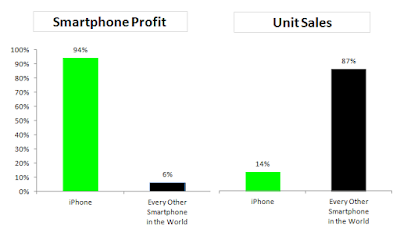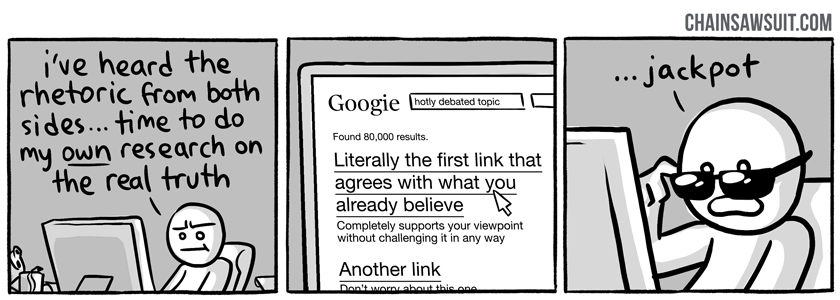Was Steve Harvey just a terrible host for the Miss Universe contest, or is there more to the story? By now, most of you have seen the awful and embarrassing gaffe at the end of the competition. Host Steve Harvey mistakenly announces Miss Columbia as the winner, when in fact, she was the runner-up. After the crown is placed on her head, Harvey must deliver the bad news... Miss Philippines is actually the winner of the beauty pageant.
 |
| Image from @cthagod |
Eric Thomas, senior partner at Saga (Detroit-based marketing agency), has a great LinkedIn post today about the gaffe. He describes the problem as an example of bad design. I've posted a photo of the card given to Harvey as he announced the winner. Here's Thomas' analysis of the card. Talk about a bad user experience!
"There isn't any logical order to this. Sizing, placement, and organizing is all over the place. Why is “Miss Universe” all the way to the right, but “Philippines” is centered below it? The actual winner, compositionally speaking, was essentially just cast off to the side. It looks like a footnote. And even though this document was created so that the names could be added later, they could have at least made the letters bigger. Microsoft Word can certainly adjust font sizes."
I've posted here both the original card used in the pageant and the newly redesigned card by Eric Thomas. I think you can see how bad the design actually is, and how easily one could improve the user experience. It's too bad it took an epic failure to highlight the weaknesses in the existing design. Fail often to succeed sooner... yes, but not by experiencing what Harvey and the contestants had to endure last night! Fail often to succeed sooner is all about testing and experimenting so that you don't have a major catastrophe on your hands at a later date.





